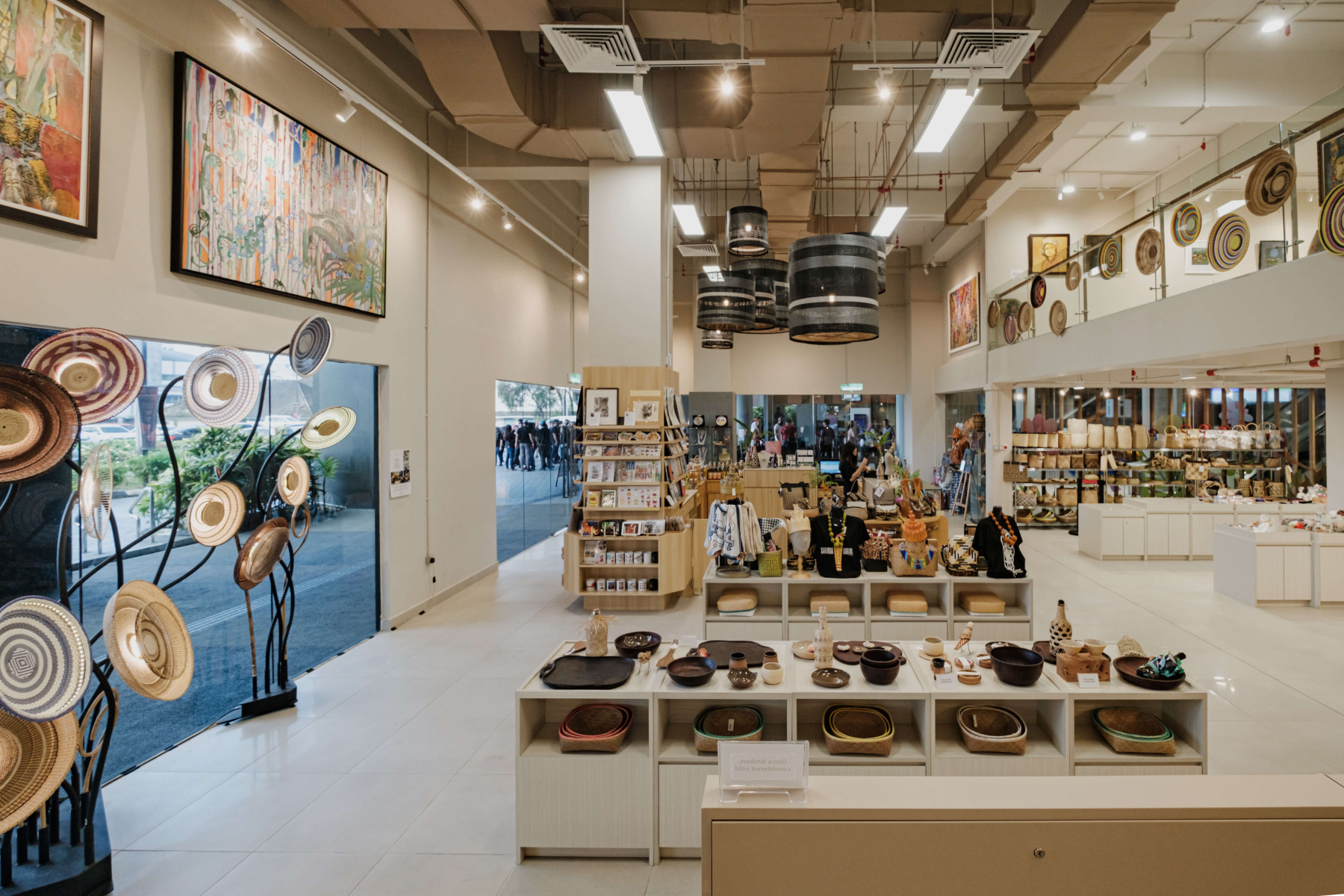Borneo Cultures Museum: Portal to Indigenous Knowledge
Borneo Cultures Museum: Portal to Indigenous Knowledge
Blog Article
Explore the Fascinating World of Borneo's Cultural Heritage: A Comprehensive Overview to the Cultures Gallery Experience
Immersing oneself in the complex tapestry of Borneo's cultural heritage is similar to beginning on a voyage through time and custom. The fusion of aboriginal people, standard inventions, exciting performances, and historical narratives housed within the confines of the island's galleries provides a glimpse into a world including dynamic customizeds and profound traditions. As visitors traverse through these databases of culture, they are beckoned to explore a realm where past and present intermingle, inviting contemplation on the strength and splendor of Borneo's diverse heritage.
Aboriginal Tribes of Borneo
Borneo is home to over 50 native tribes, each with distinct social methods and practices that have been maintained for generations. Amongst these tribes are the Iban, known for their intricate tattoos and conventional longhouses where several households stay.
These native people play an essential function in preserving Borneo's rich social tapestry. Visitors to Borneo have the opportunity to involve themselves in the one-of-a-kind lifestyles of these people through social excursions, homestays, and community-based tourist initiatives.
Standard Handicrafts and Artifacts

One noticeable instance of standard handicrafts in Borneo is the manufacturing of woven products - Borneo Cultures Museum. Knowledgeable weavers make use of natural fibers like pandan, rattan, and bamboo delegates create detailed baskets, mats, and accessories adorned with colorful patterns that hold symbolic meanings within the area
The art of woodcarving is one more significant aspect of Borneo's conventional inventions. Craftsmens carve elaborate layouts right into numerous sorts of wood to produce masks, sculptures, and musical tools that not just offer functional purposes however likewise hold social importance, commonly portraying folklore or spiritual beliefs.
Moreover, Borneo is renowned for its beadwork, with artisans thoroughly crafting beads from materials like glass, seeds, and coverings to develop jewelry, clothes decorations, and ornamental products that showcase the region's lively aesthetic customs. These standard handicrafts and artefacts not just act as concrete expressions of Borneo's social heritage but additionally give insights into the neighborhoods' ideas, worths, and lifestyle.

Social Performances and Festivals
With an ingrained connection to their social traditions, the areas in Borneo come alive with dynamic cultural efficiencies and festivals that commemorate their heritage. These occasions showcase the rich variety of Borneo's ethnic teams, each offering one-of-a-kind dances, music, and routines that have been given with generations. Among the most popular festivals is the Gawai Dayak, commemorated by the Dayak people to mark the rice harvesting season. Throughout this celebration, typical music fills the air, complex dancings are carried out, and elaborate conventional costumes are worn. Another substantial occasion is the Pesta Kaamatan, celebrated by the Kadazandusun community to appreciate for the rice harvest. This event includes cultural performances, including the Sumazau dancing, and traditional sports like the bamboo dancing. Visitors to Borneo can immerse themselves in these celebrations, obtaining a deeper understanding of the area's cultural heritage and experiencing the cozy hospitality of its people. Social performances and festivals function as a lively pointer of Borneo's abundant cultural tapestry and go to website the importance of preserving these traditions for future generations.
Historic Narratives and Artifacts
Discovering the historic stories and artefacts of Borneo offers a remarkable glimpse into the region's rich past and cultural development. Borneo's historical tapestry is woven with diverse impacts, mirroring the interactions in between indigenous people, Chinese traders, European colonizers, and Malay sultanates. The artifacts found in Borneo showcase this intricate background, ranging from typical crafts like detailed beadwork and woodcarvings to archaeological treasures such as old pottery and devices.
Among one of the most compelling aspects of Borneo's historical stories is the preservation of oral traditions passed down with generations. These stories offer understandings into the ideas, customs, and every day lives of Borneo's occupants throughout the centuries. The artefacts uncovered from historical sites provide substantial connections to these stories, allowing site visitors to witness the material culture of previous cultures firsthand.
Contemporary Cultural Preservation Initiatives

In addition, educational programs and cultural exchange activities play a crucial duty in raising recognition concerning the relevance of protecting Borneo's unique cultural heritage. By engaging colleges, museums, and the broader area in discussions and activities that celebrate Borneo's diverse cultures, conservation efforts can obtain energy and support for lasting sustainability. Cooperations between governmental bodies, charitable organizations, and local areas are important in driving these preservation ventures onward, making sure that Borneo's rich cultural heritage remains lively and cherished for generations ahead.
Conclusion
To conclude, the cultural heritage of Borneo is rich and diverse, with native tribes, conventional handicrafts, cultural efficiencies, festivals, historical narratives, and modern preservation initiatives all adding to its uniqueness and importance. Visitors to Borneo's social museums can More about the author gain a deeper understanding and recognition of the area's cultural heritage, permitting a more immersive and enlightening experience.
Immersing oneself in the detailed tapestry of Borneo's social heritage is similar to getting started on a trip with time and custom.With an ingrained link to their social customs, the areas in Borneo come active with vivid social efficiencies and celebrations that commemorate their heritage. Social efficiencies and festivals offer as a vivid pointer of Borneo's abundant social tapestry and the value of preserving these customs for future generations.
Moreover, academic programs and social exchange activities play a crucial function in elevating recognition regarding the relevance of protecting Borneo's one-of-a-kind cultural heritage. Collaborations in between governmental bodies, charitable organizations, and local communities are vital in driving these preservation endeavors ahead, making sure that Borneo's abundant social heritage remains vibrant and valued for generations to come.
Report this page